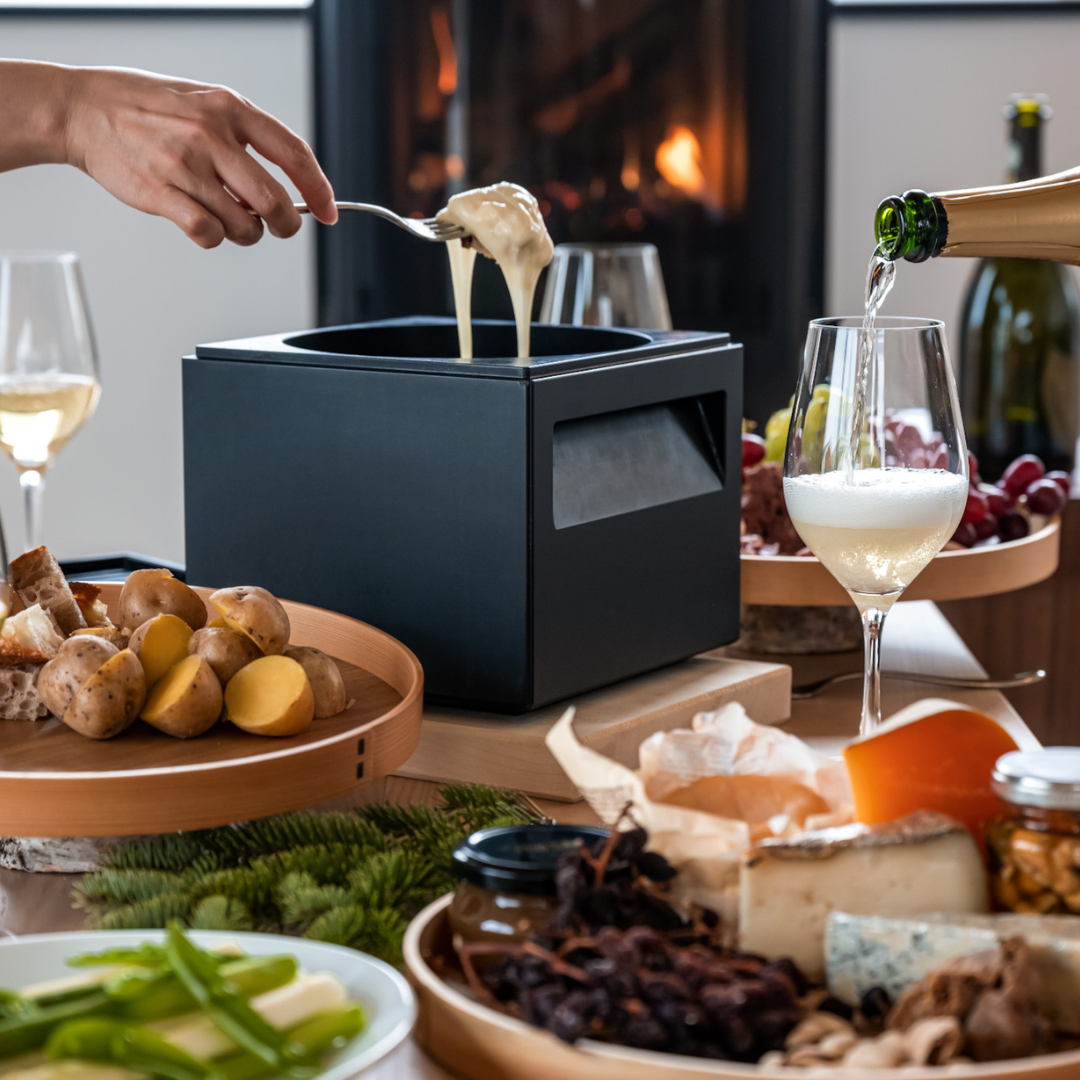Points for the recipe
In Western Japan, there is a tradition of eating octopus on Hangesyo day(11th day after the summer solstice). It is believed that by consuming octopus, which has eight tentacles that can firmly attach, it will bring good luck and ensure the strong rooting of seedlings. This tradition originated from the offering to the gods with the wish for successful growth.
Today, we would like to introduce "Takou no Bancha-ni" (Simmered Octopus in tea), a dish suitable for Hangesyo day. The menu name is creatively written as "Takou" using different characters instead of octopus, symbolizing "multiple happiness".
Simmering the octopus in tea results in a tender and refreshing dish. If you cannot find Japanese tea overseas, it can be substituted with black tea.
|
Ingredients (serves 4 people)
|
Preparation
Prepare the hoji-cha (roasted green tea).
Add 5g of tea leaves to 500ml of boiling water, let it steep for 5 minutes, and strain the tea leaves.
Instructions
1. Place the octopus legs in the kakugama (cooking pot), add all the ingredients except for mirin, and bring it to a gentle boil without covering. Once it reaches a boil, cover it and simmer over very low heat for 35 minutes.
If it boils too vigorously, remove the lid and continue simmering while reducing the heat.


2. Add mirin and simmer for an additional 5 minutes.
3. Remove the octopus legs from the kakugama, cut them into bite-sized pieces, and serve on plates.

|
|
★Surprises and discoveries when cooking with kakugama One thing that amazed me this time was how tender the octopus became. When I took the octopus out of the kakugama, it was so tender that it was difficult to pick up with chopsticks. |




